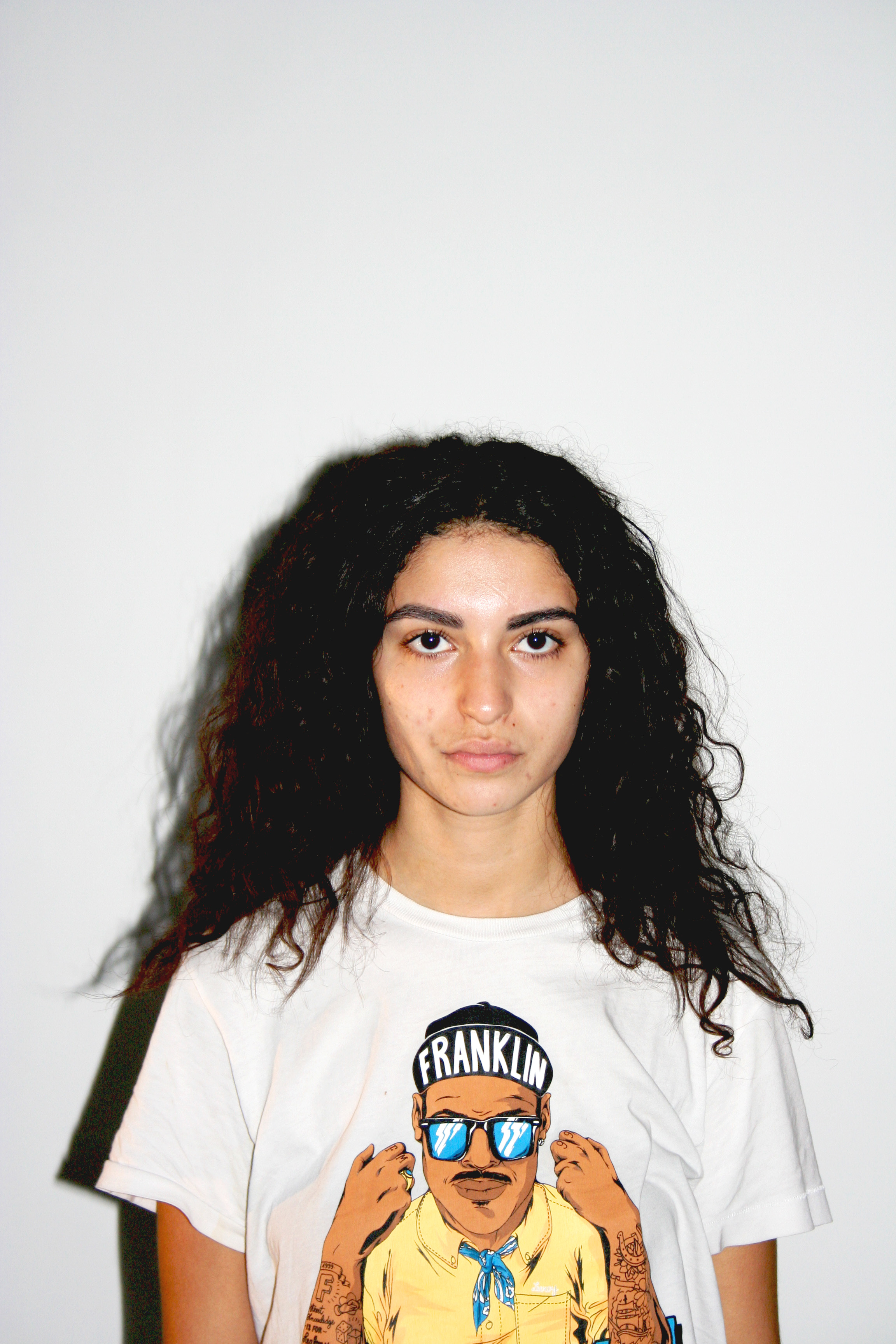YOU WILL HAVE 7 WEEKS JAN 3 -FEB 26 TO COMPLETE AND SUBMIT YOUR FINAL UNIT OF COURSEWORK.
Christmas Break : you should aim to produce a range of landscape inspired images, focusing on natural environments, evocative and atmospheric settings.
Try to get out in the morning / evening light or even at night and capture interesting light effects, colours, mist, fog, and shadows too…
Possible locations include : woods, forests, sand dunes, beaches, fields, valley settings, cliff and coastal areas, sea-scapes (looking out to sea), church-grounds etc
We will be looking at Romanticism as a starting point and if you click here you will have a better understanding of some of the roots of landscape in contemporary photography….
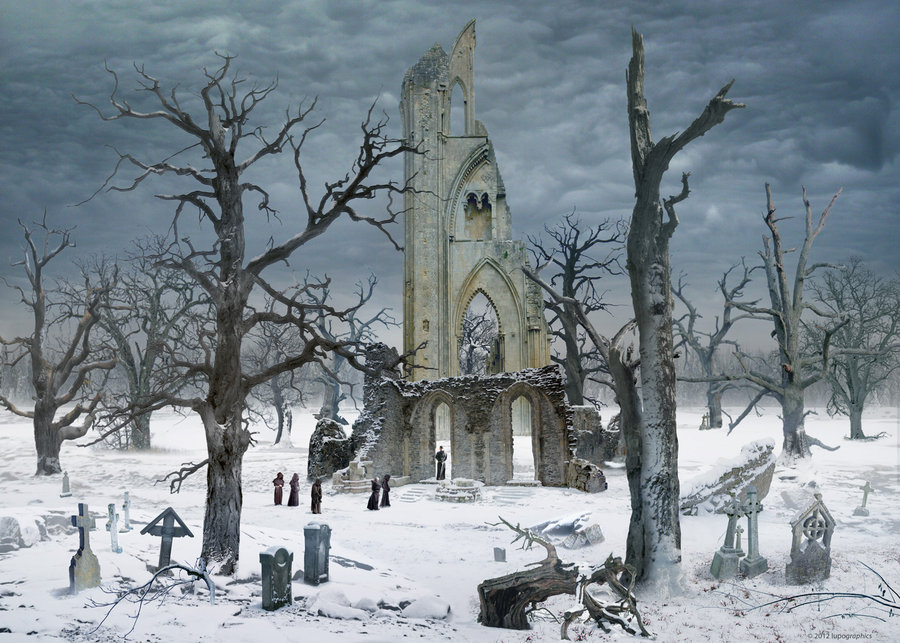
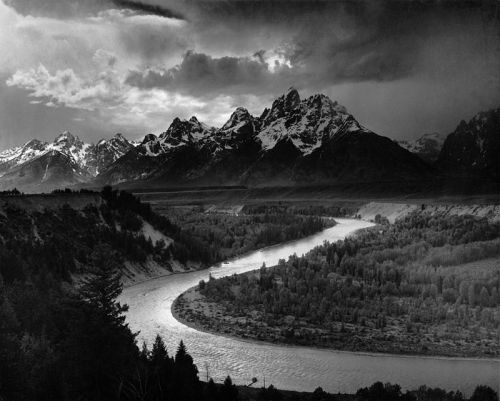
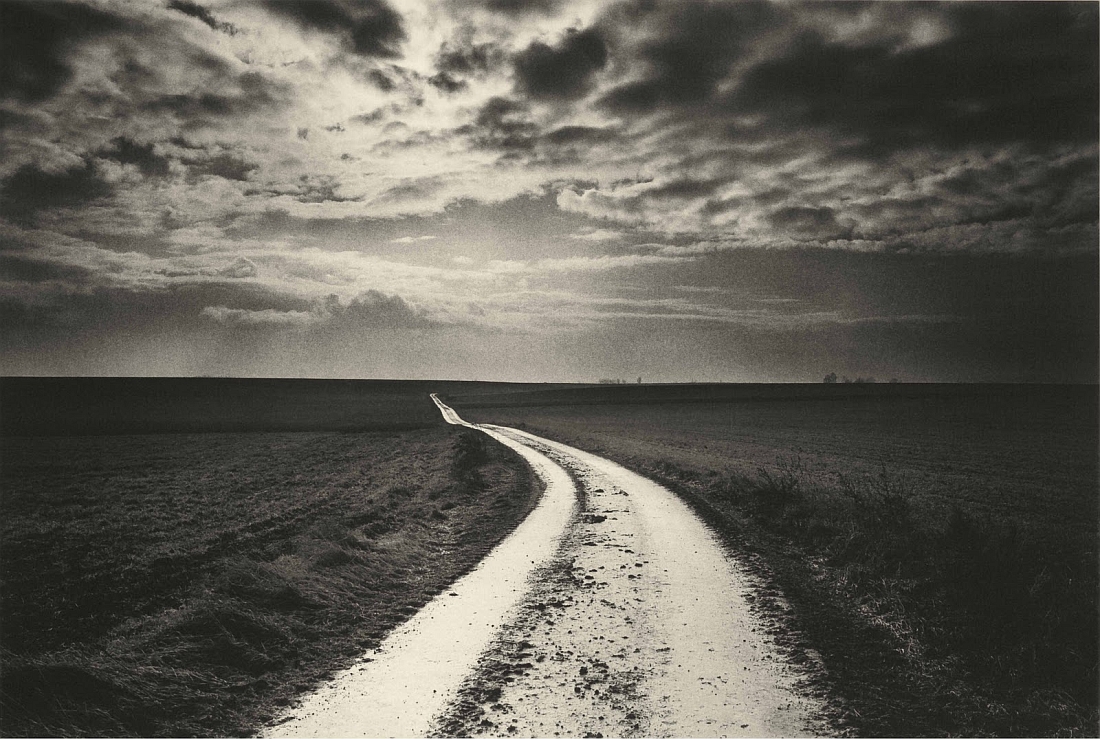
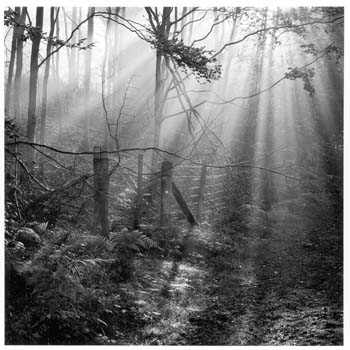
AS PHOTOGRAPHY MOCK EXAM
THEME : LANDSCAPE
DATES…
MONDAY 26TH FEBRUARY 12 A PERIODS 1-5 IN PHOTOGRAPHY ROOM
TUESDAY 27TH FEBRUARY 12 B PERIODS 1-5 IN PHOTOGRAPHY ROOM
WEDNESDAY 28 FEBRUARY 12 C PERIODS 1-5 IN PHOTOGRAPHY ROOM
THURSDAY 1 MARCH 12 D PERIODS 1-5 IN PHOTOGRAPHY ROOM
PRINT DEADLINES
FEBRUARY 19TH 12A, 20TH 12B, 21ST 12 C, 22ND 12 D
(You can add abstract, formalist, portrait and landscape final images to this print run too)
You may have other opportunities to explore architecture, and make links to what you studied in ABSTRACT AND FORMALIST photography…
Link to BBC Website feature on Architectural Photography








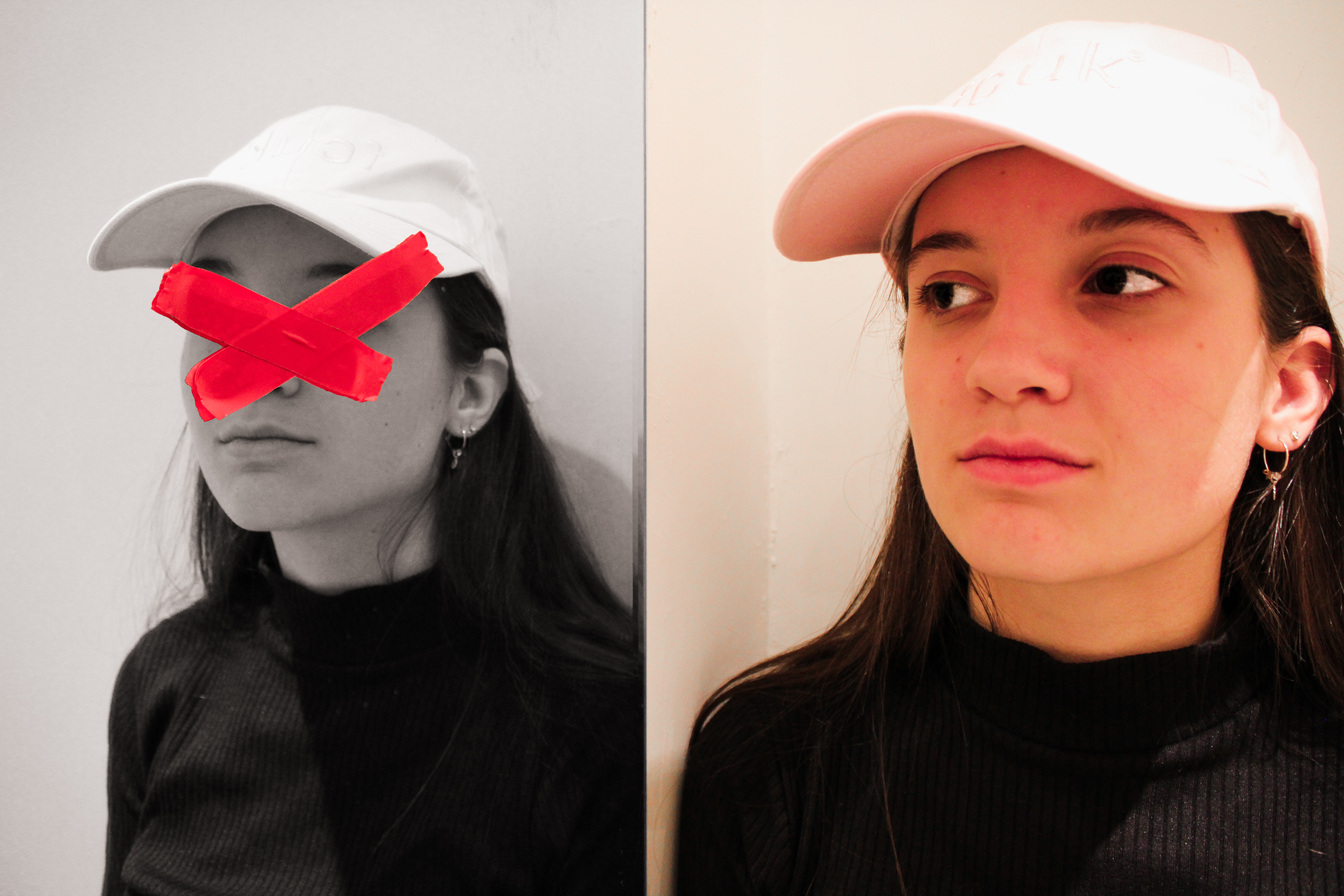
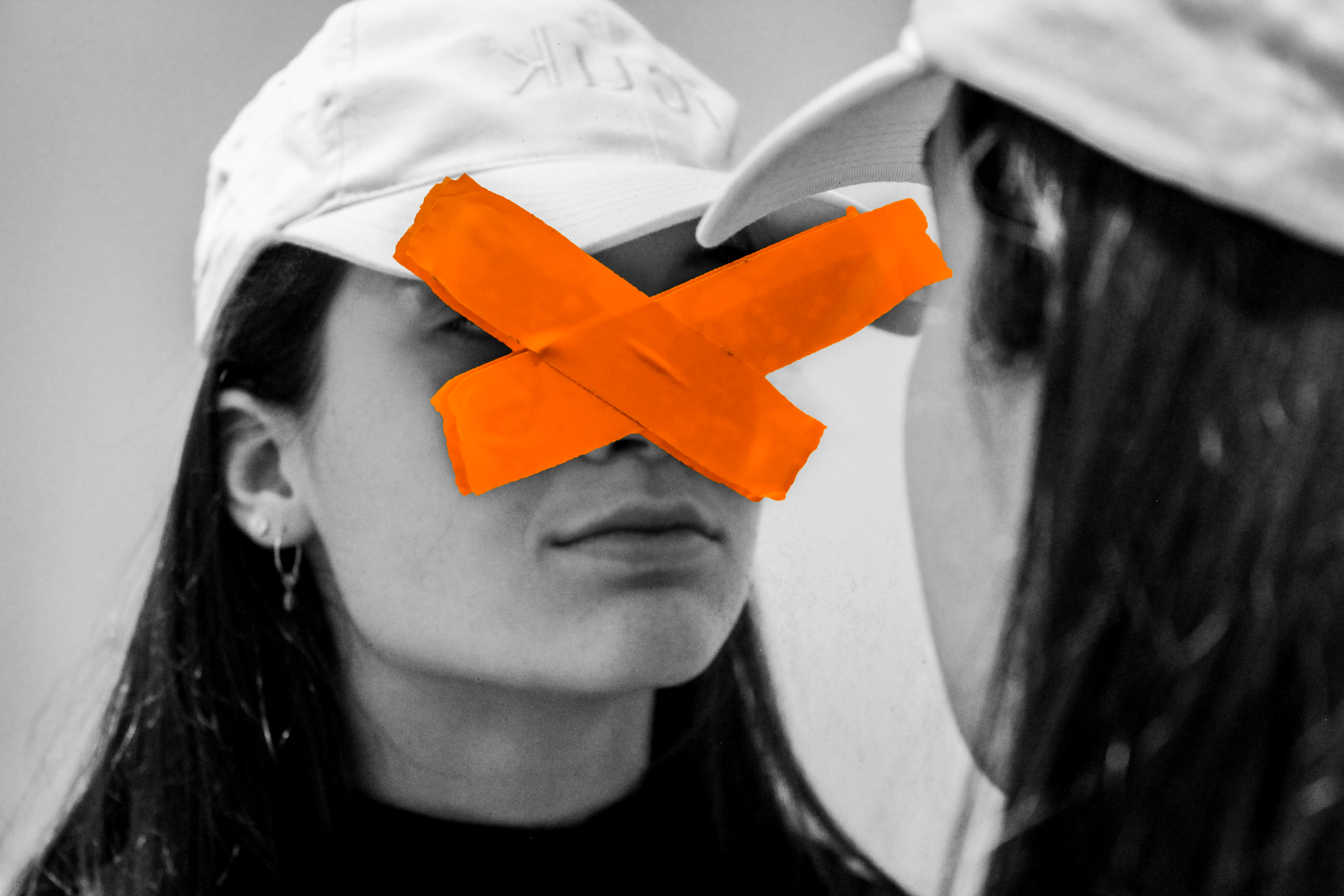

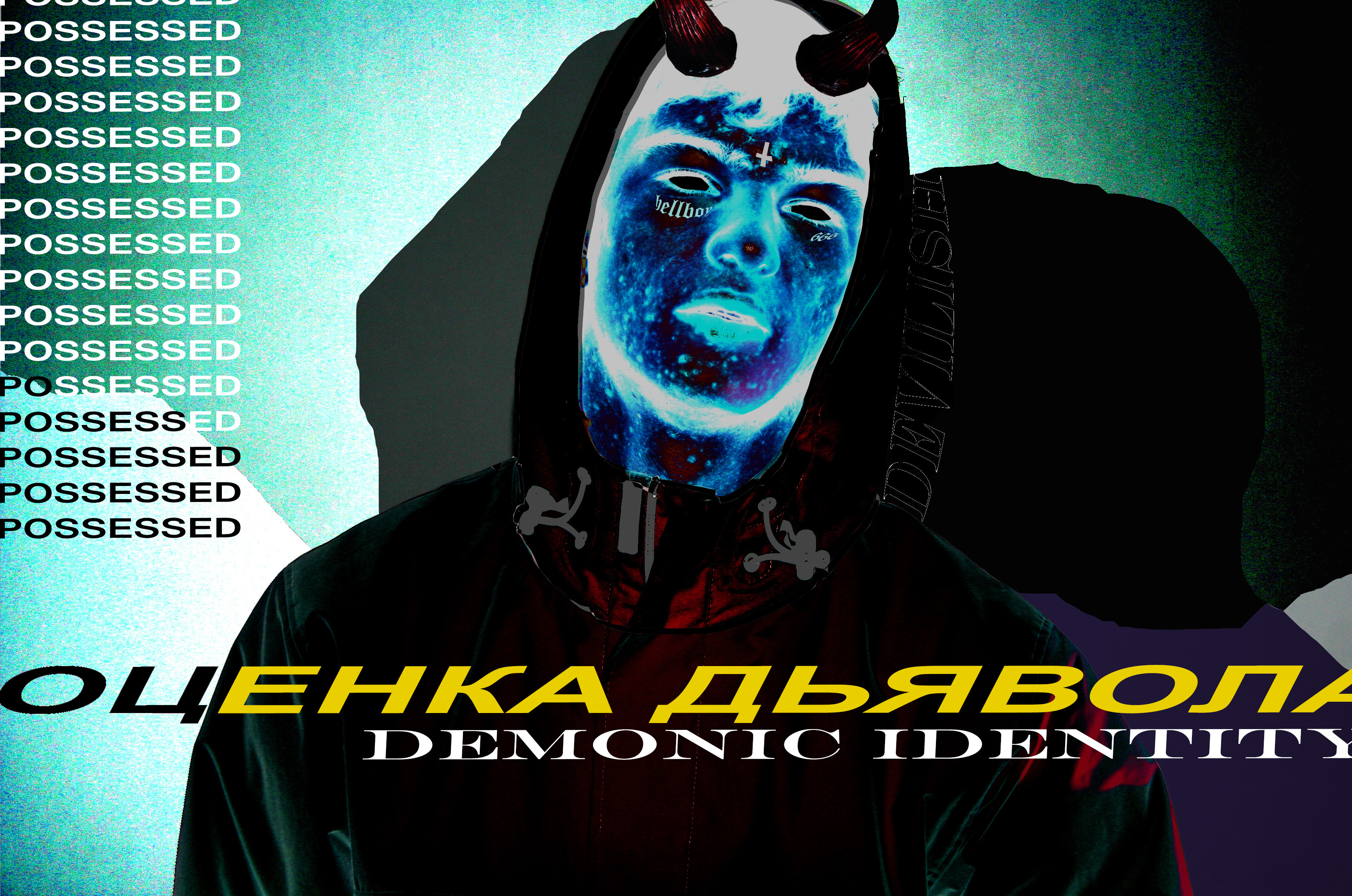
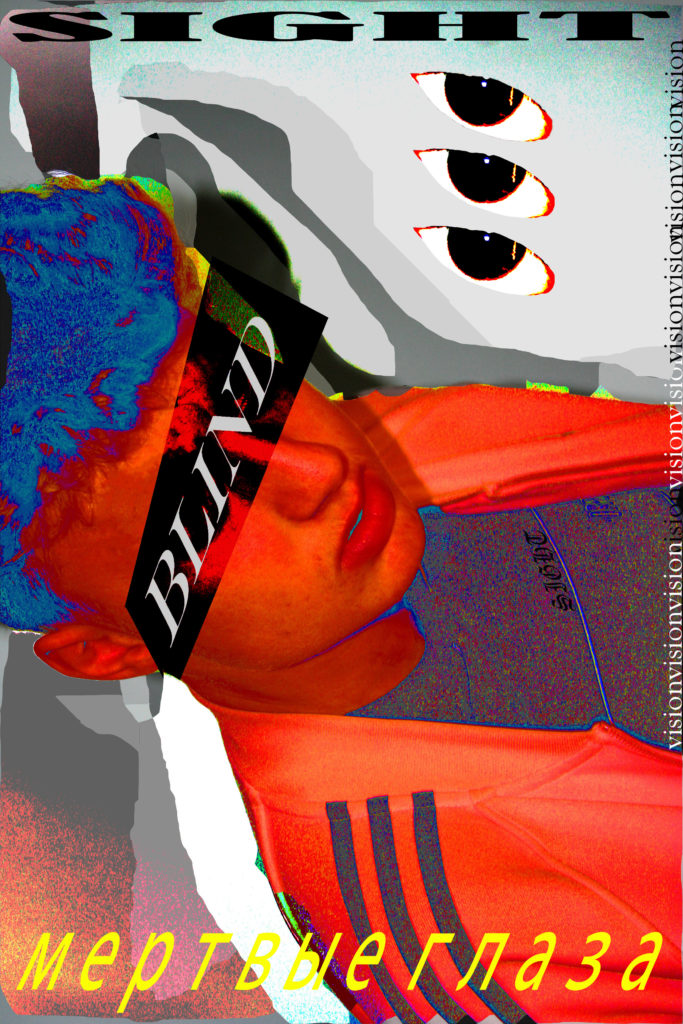

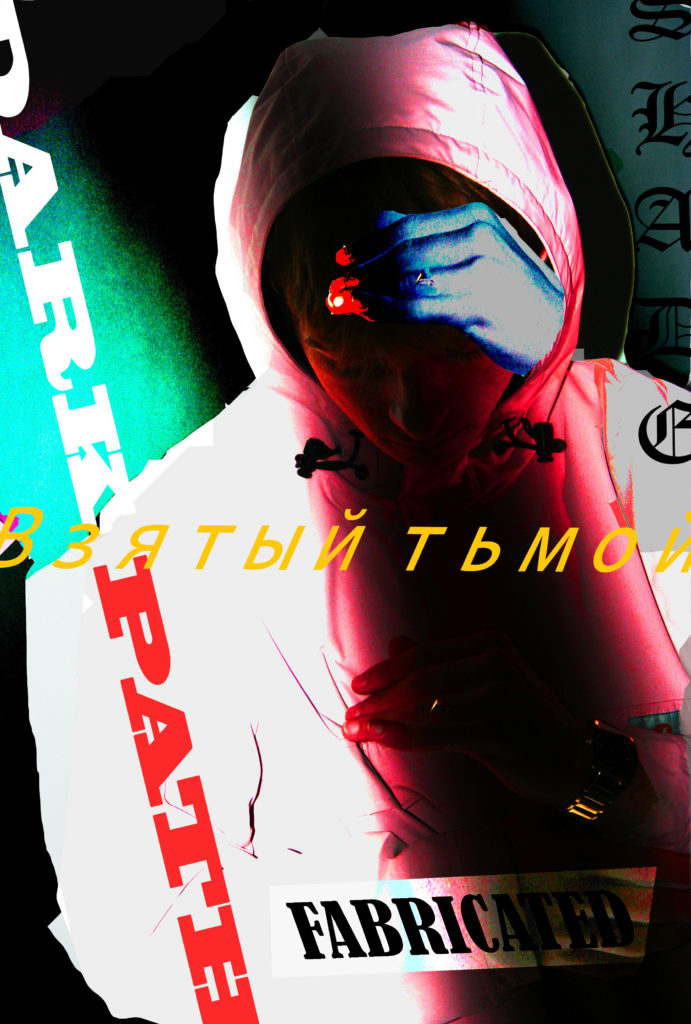


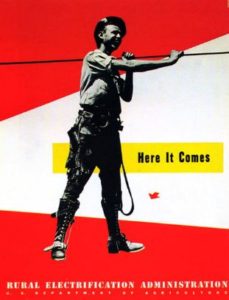
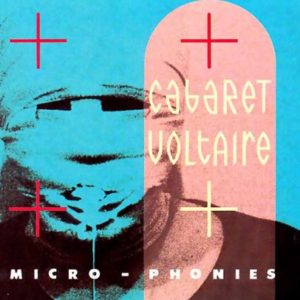
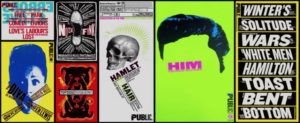
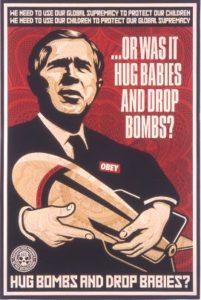
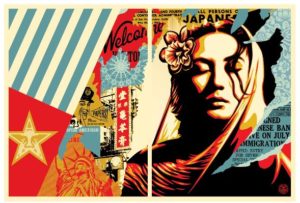












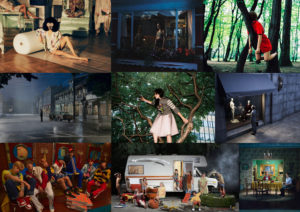

 In response to this I wanted to have a go at trying to create images based around this theme, using images taken by me which I could manipulate into these designs. These were my outcomes:
In response to this I wanted to have a go at trying to create images based around this theme, using images taken by me which I could manipulate into these designs. These were my outcomes:
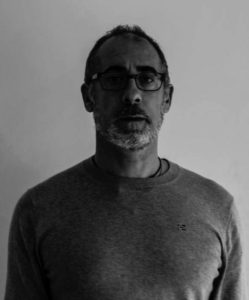

 I explored a variety of techniques such as liquify, layering and separation. This allowed me to have the effects desired as I was able to manipulate the facial features of the subject, which can be related to the theme of missing or lost identity within yourself.
I explored a variety of techniques such as liquify, layering and separation. This allowed me to have the effects desired as I was able to manipulate the facial features of the subject, which can be related to the theme of missing or lost identity within yourself.
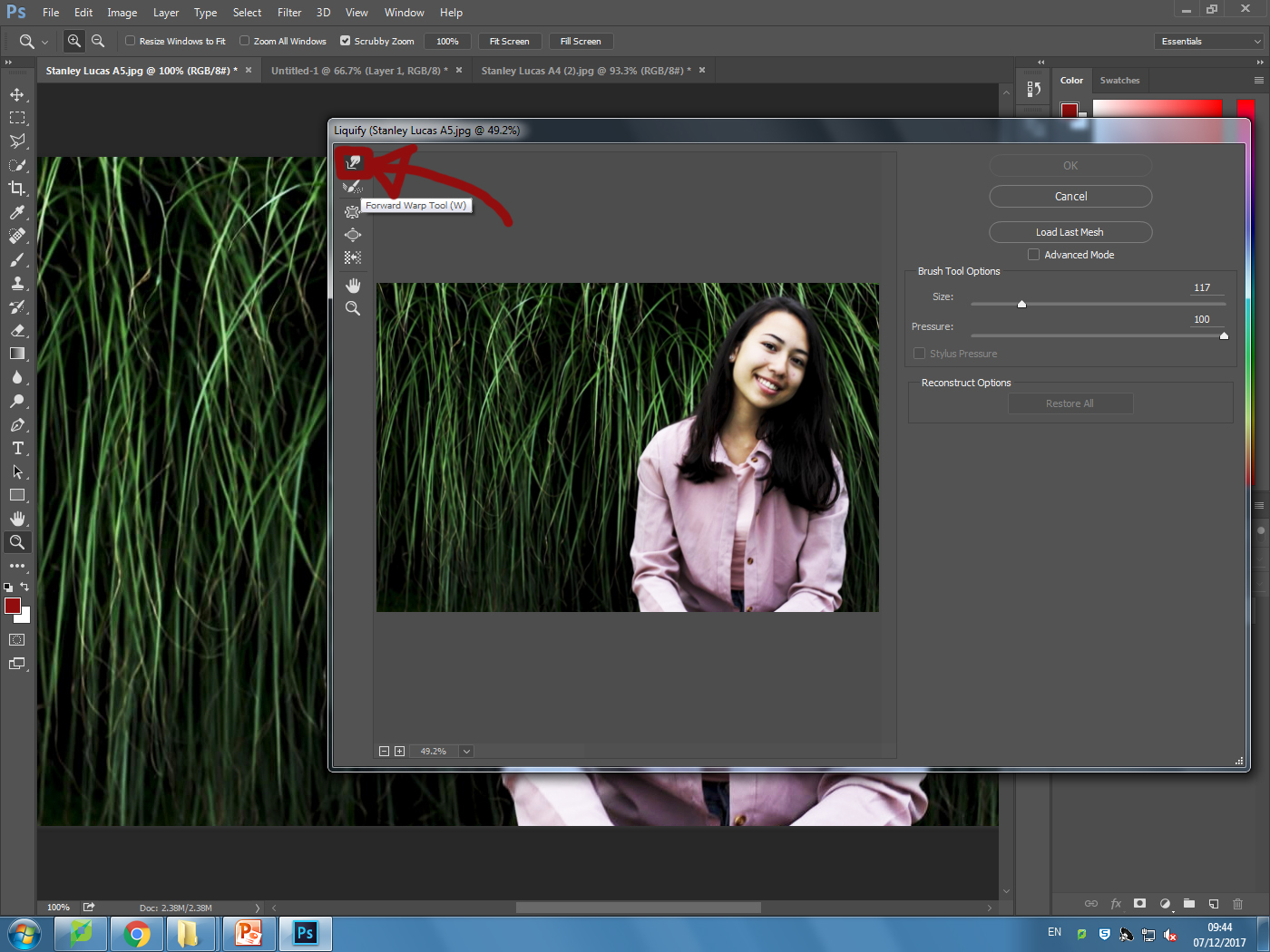

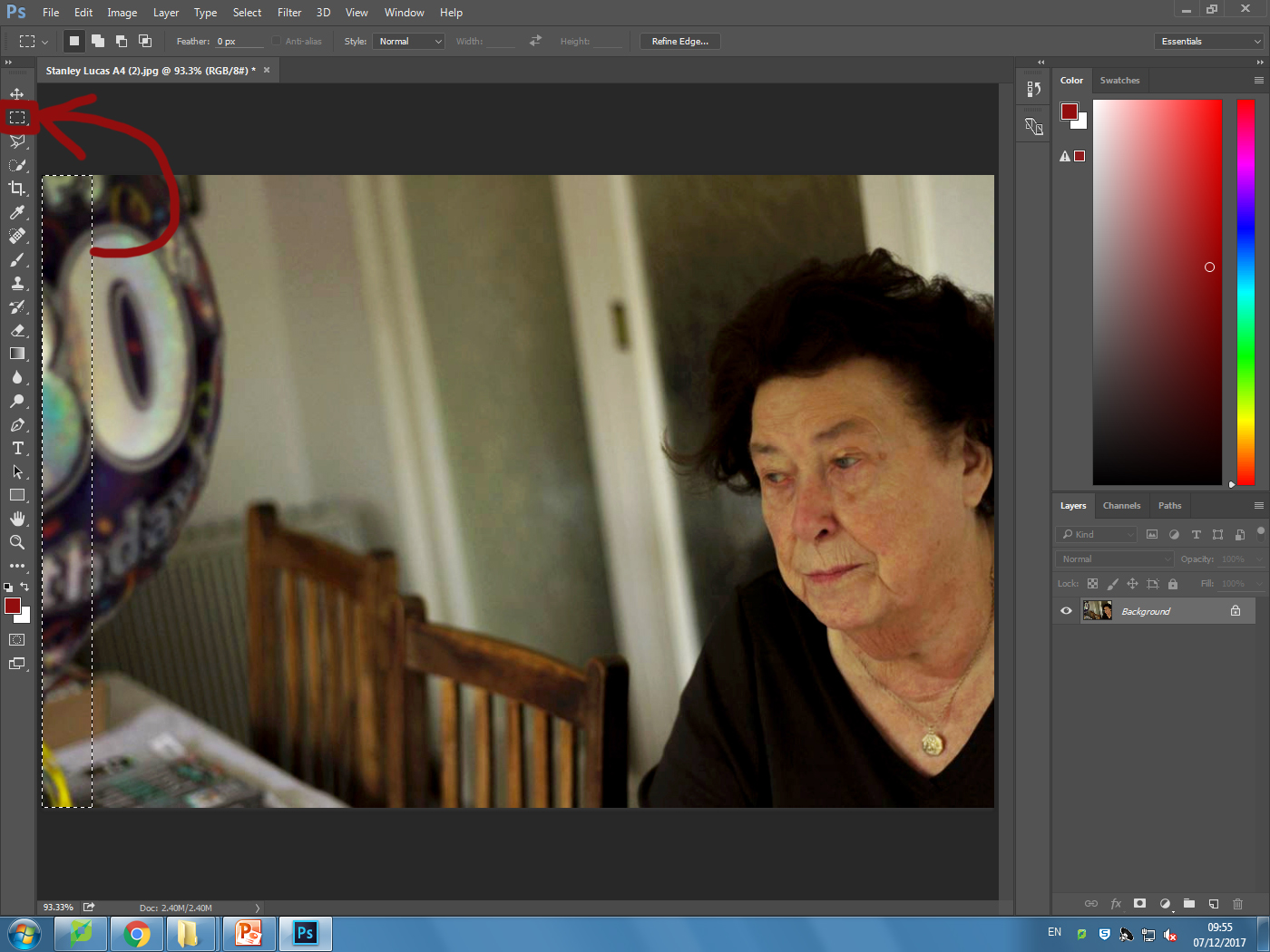









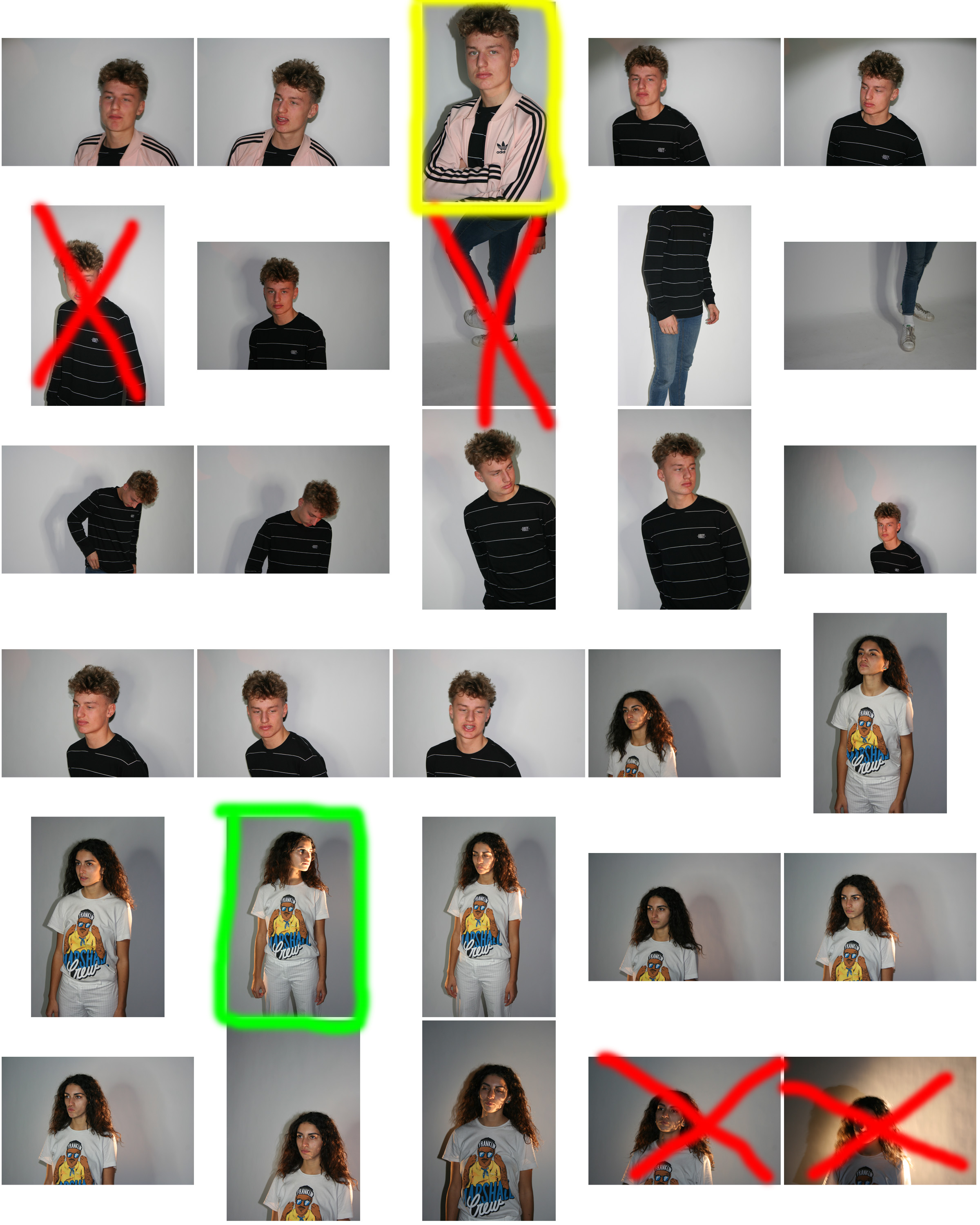
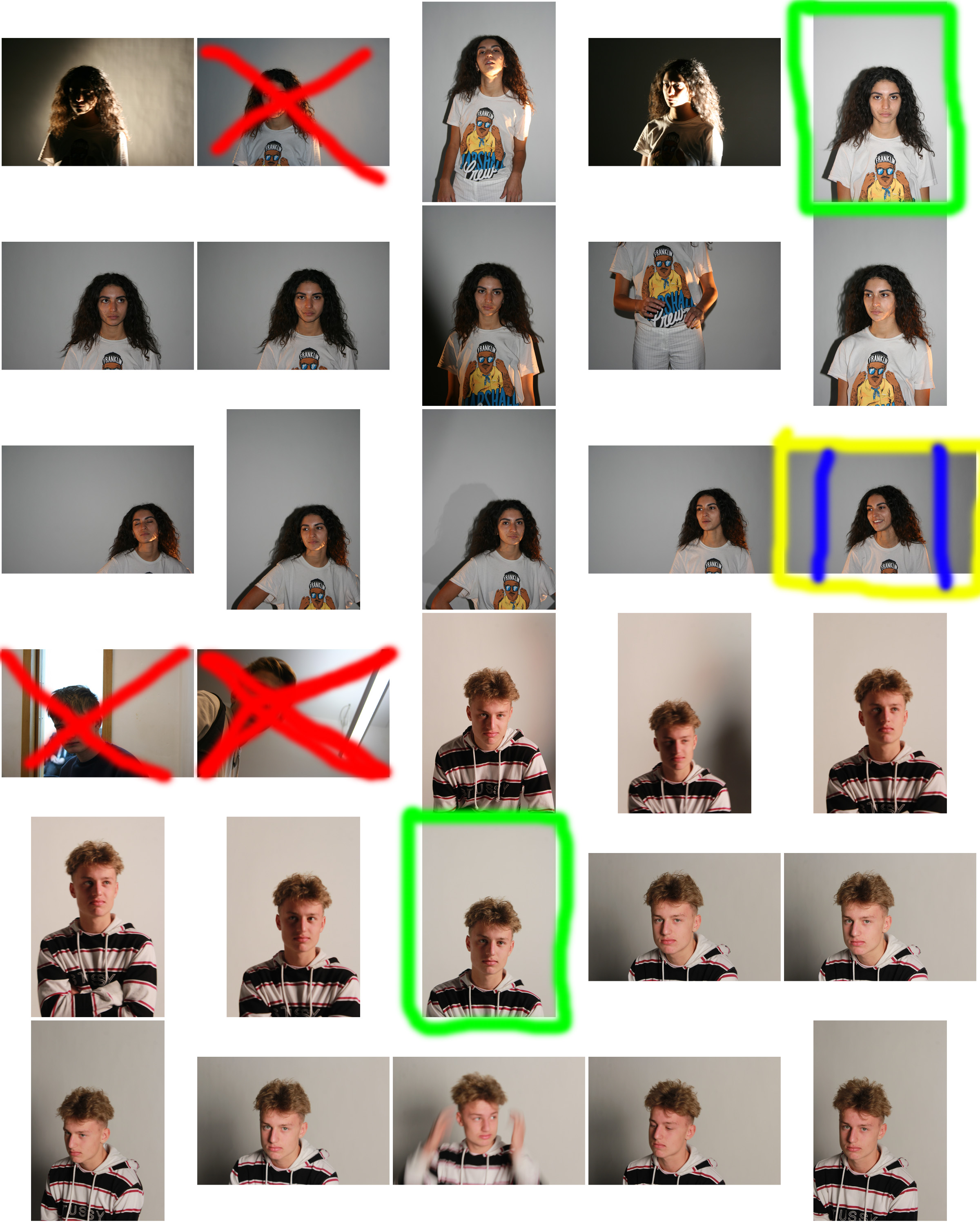
 Favorite Outcomes
Favorite Outcomes 


